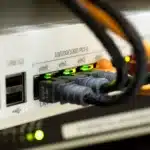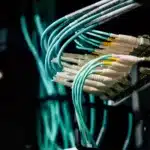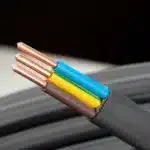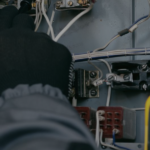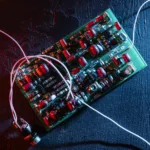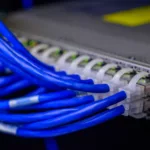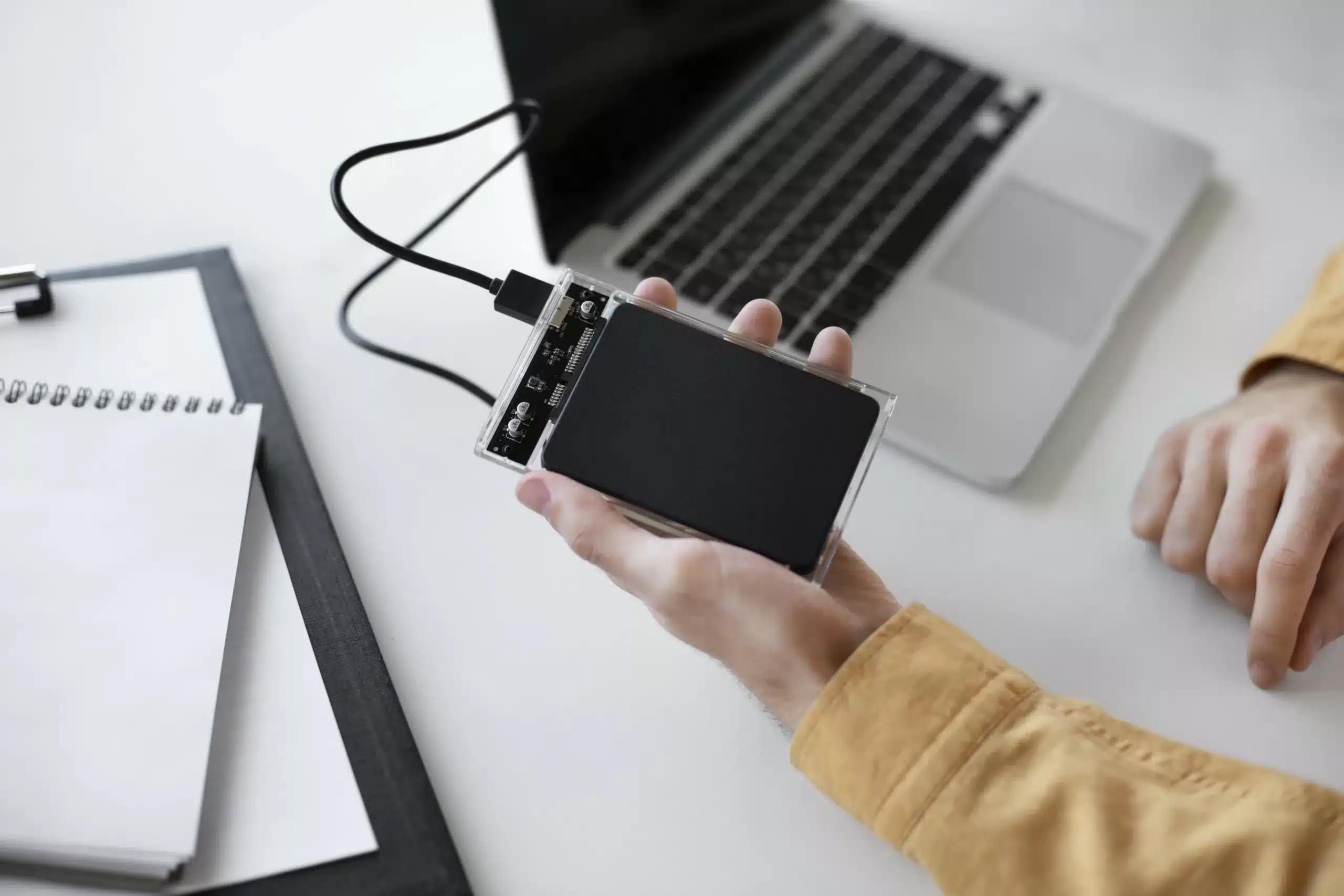
Introduction
In today’s digital and technological landscape, effective and seamless connectivity is key. Whether it’s for data transfer, charging devices, or connecting peripherals, USB (Universal Serial Bus) hubs have become indispensable tools in our daily lives––thanks to advanced Printed Circuit Board (PCB) designs that meet the rising demand for faster, more reliable, and efficient connectivity. This article dives into the importance of advanced PCB designs in achieving next-level connectivity in USB hub solutions.
The Evolution of USB Hubs: The Need for Advanced USB Hubs
A USB hub is an external device designed to expand the number of a single USB port into several providing the availability of more ports to connect devices to a host system like a computer. USB technology has evolved significantly starting as a simple data transfer and peripheral connection solution into a multifaceted standard that supports high speed data transfer, power delivery, video transmission, and more. As USB technology has advanced, so too has USB connectivity the core of modern hubs.
Traditional USB hubs often featured basic designs with limited capabilities and demands of modern computing and consumer electronics. Today, USB hubs come in varied sizes and shapes, catering to a broad range of applications––from home offices to industrial settings.
The Role of Advanced PCB Design in USB Hub Technology
At the heart of every USB hub lies the PCBs––the backbone of electronic devices, providing the physical platform for mounting, connecting, and functioning various electronic components. Initially, PCBs in USB hubs were simplistic and designed to cater to basic connectivity needs. However, with the advent of more sophisticated PCB designs and technologies, there has been a paradigm shift, supporting higher speeds, more ports, greater reliability, and compatibility that users expect. Let’s explore the key aspects (advanced features) of PCB design that are transforming USB hub solutions.
High-Speed Data Transfer
One of the primary functions of a USB hub is to facilitate data transfer between devices. USB 3.0 and USB 3.1 have significantly increased data transfer speeds, with USB 3.2 Gen 2×2 pushing boundaries even further. To achieve these high-speed data rates, PCB designers must carefully consider signal integrity.
Advanced PCB designs incorporate techniques such as controlled impedance routing and differential pair routing to minimise signal degradation and ensure consistent data transmission. Additionally, using high-quality materials and meticulous manufacturing processes helps reduce signal loss, providing faster and more reliable data transfer.
Power Delivery and Efficiency
USB hubs are not just for data transfer; they also power the connected devices. With the introduction of USB Power Delivery (USB-PD), devices can receive varying levels of power, making it essential for USB hubs to support this feature. Advanced PCB designs for USB hubs include power management circuitry that can handle different voltage levels and power profiles.
Efficiency is another critical factor. USB hubs should convert and distribute power efficiently to minimise energy loss and heat generation. Efficient power distribution helps extend the lifespan of both the USB hub and connected devices while reducing the environmental impact.
Multiple Layers
While simple PCBs might have only one or two layers, advanced PCBs can have many layers (sometimes more than 10) to accommodate complex circuits––necessary for high-speed or high-frequency applications. Additionally, specialised components like capacitors and resistors can be embedded within bespoke board layers to save space and reduce signal paths.
Port Layout and Versatility
USB hubs come in various configurations––from compact hubs for laptops to multi-port hubs for desktop setups. PCB design is significant in determining the port layout and overall form factor of the hub.
Advanced PCB designs allow versatile port arrangements, accommodating a mix of USB-A, USB-C, HDMI, Ethernet, and other ports, depending on the hub’s intended use. These flexible designs ensure compatibility with multiple devices, making USB hubs more versatile and user-friendly.
Thermal Management
As USB hubs become more powerful and versatile, they generate more heat. Efficient thermal management is crucial to prevent overheating and ensure the hub’s long-term reliability. Advanced PCB designs incorporate heat dissipation elements, such as thermal vias, heat sinks, and carefully placed components, to keep temperatures in check.
EMI/EMC Compliance
EMI (Electromagnetic Interference) and Electromagnetic Compatibility (EMC) are critical considerations for USB hubs. Advanced PCB designs include shielding techniques and grounding strategies to minimise EMI and ensure EMC compliance––enhancing the hub’s performance and preventing interference with other nearby electronic devices.
The Future of USB Hub PCB Design
With the ongoing progression of technology, USB hubs and PCB designs will also progress. Here are some trends and innovations that may shape the future of USB hub PCB design:
- USB 4.0 and Beyond – The USB standard is expected to keep evolving, with USB 4.0 and subsequent versions on the horizon. These advancements will demand even more from USB hub PCB designs, pushing for higher data transfer speeds and power delivery capabilities.
- Integration of Advanced Chipsets – USB hubs may integrate advanced chipsets and processors to enhance their functionality. These chipsets could support features like automatic device recognition, intelligent power management, and customisable settings.
- Wireless Connectivity – While USB hubs are primarily wired solutions, integrating wireless technologies such as Wi-Fi 6 and Bluetooth 5.2 may become more common. PCB designs will need to accommodate these wireless components while maintaining their traditional wired capabilities.
- Enhanced Security –With the increasing importance of data security, USB hubs may incorporate advanced security features at the PCB level. This could include encryption and authentication mechanisms to protect data transferred through the hub.
- Sustainable PCB Materials – Environmental sustainability is a growing concern in electronics manufacturing. Future PCB designs may prioritise eco-friendly materials with manufacturing processes to minimise the environmental footprint of USB hubs.
Wrapping Up
Advanced PCB designs are at the forefront of transforming USB hub solutions––incorporating special features such as multi-layer boards, high-speed signal routing, optimised power distribution, and efficient thermal management. With the emergence of technological advancements, USB hub PCB designs will adapt to meet the evolving demands of users, ensuring seamless connectivity in an ever-connected world.







